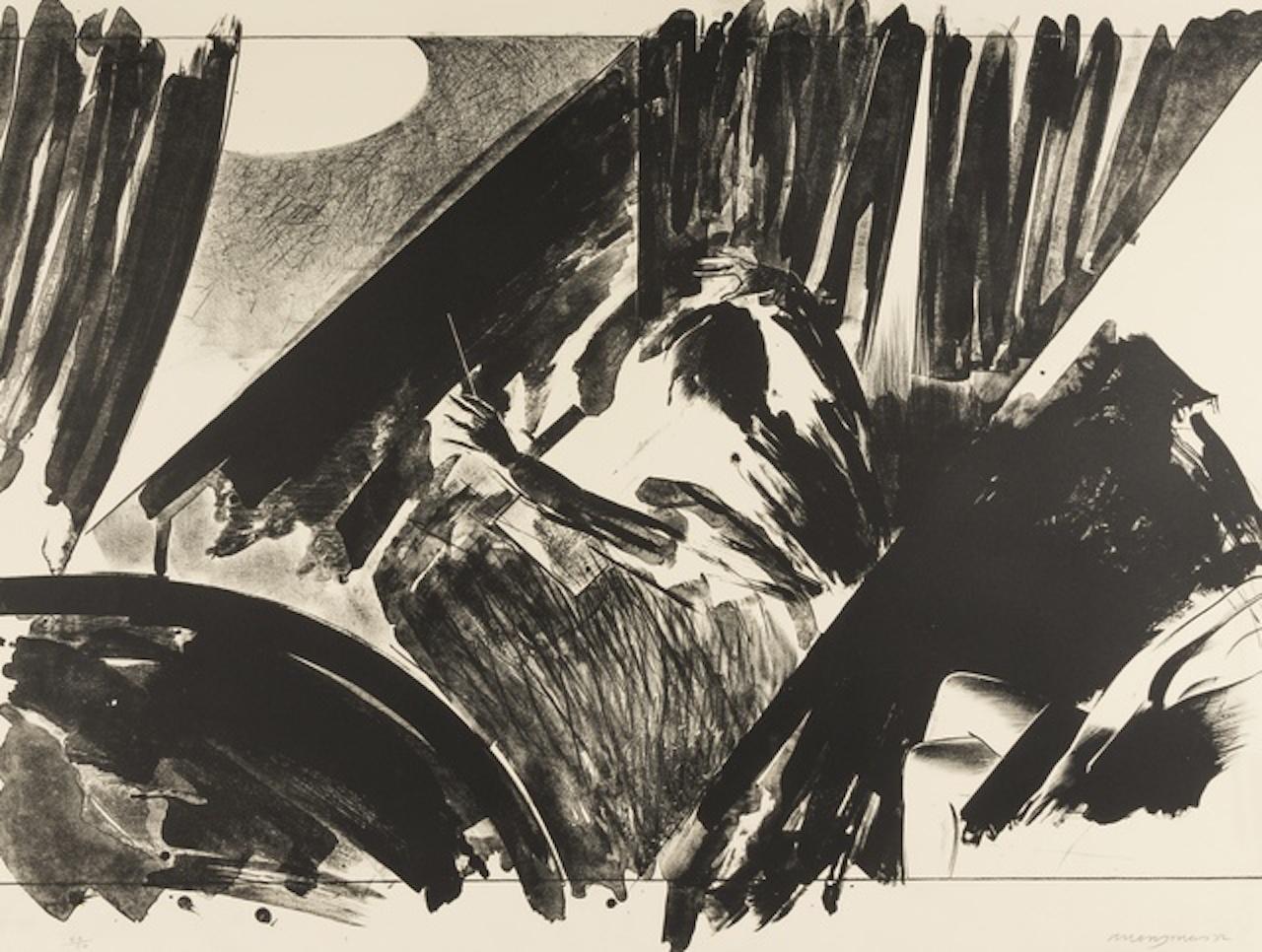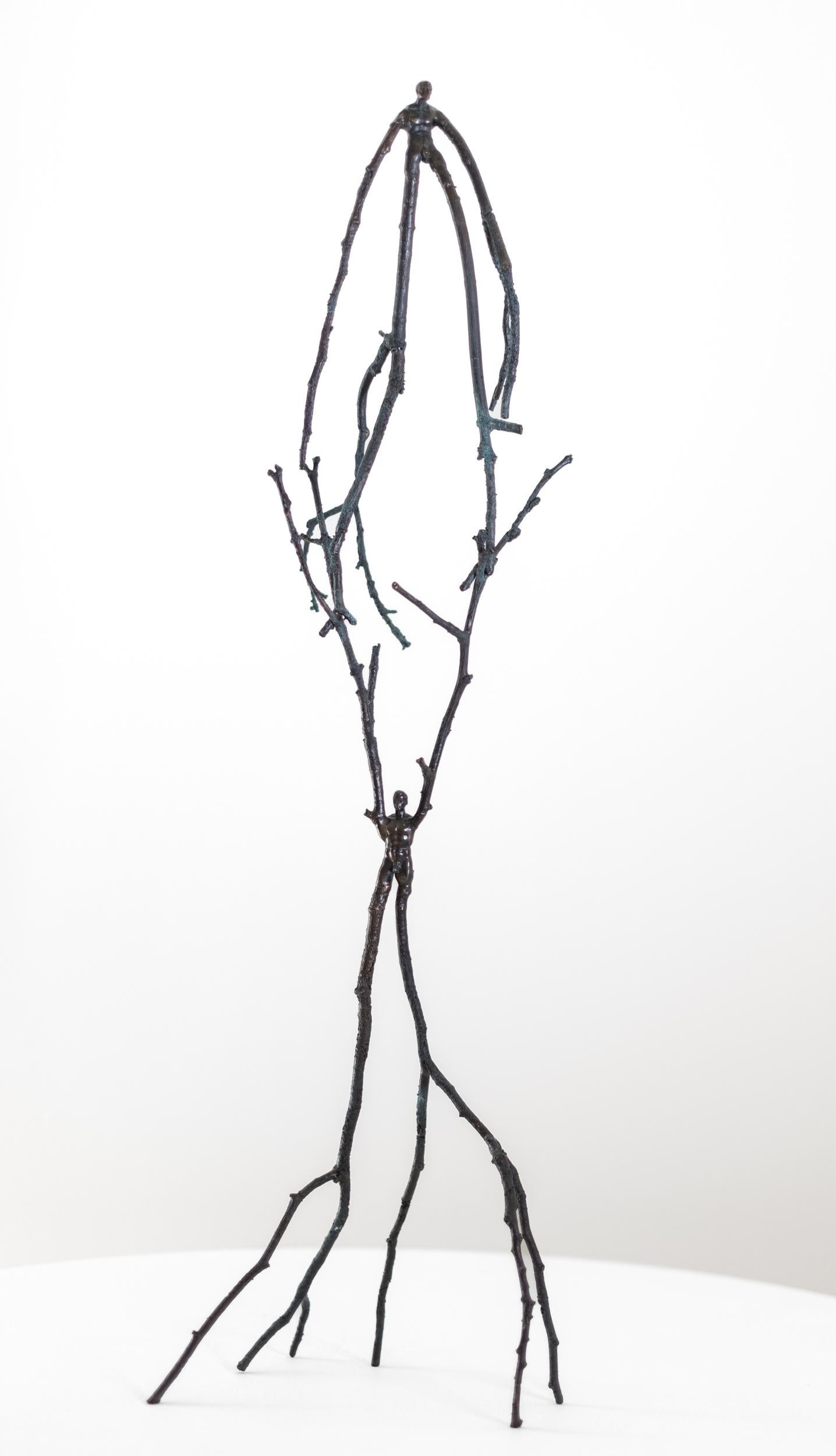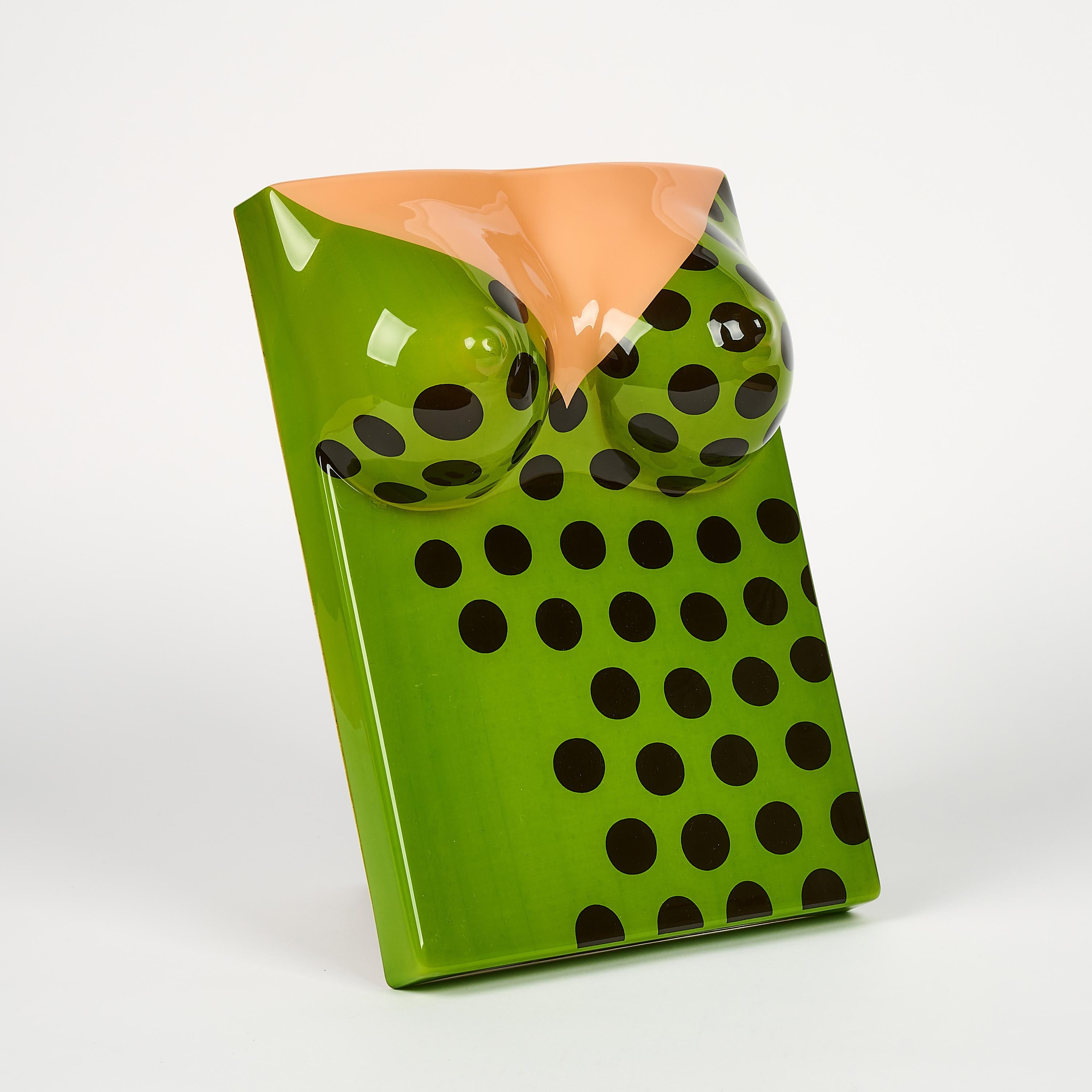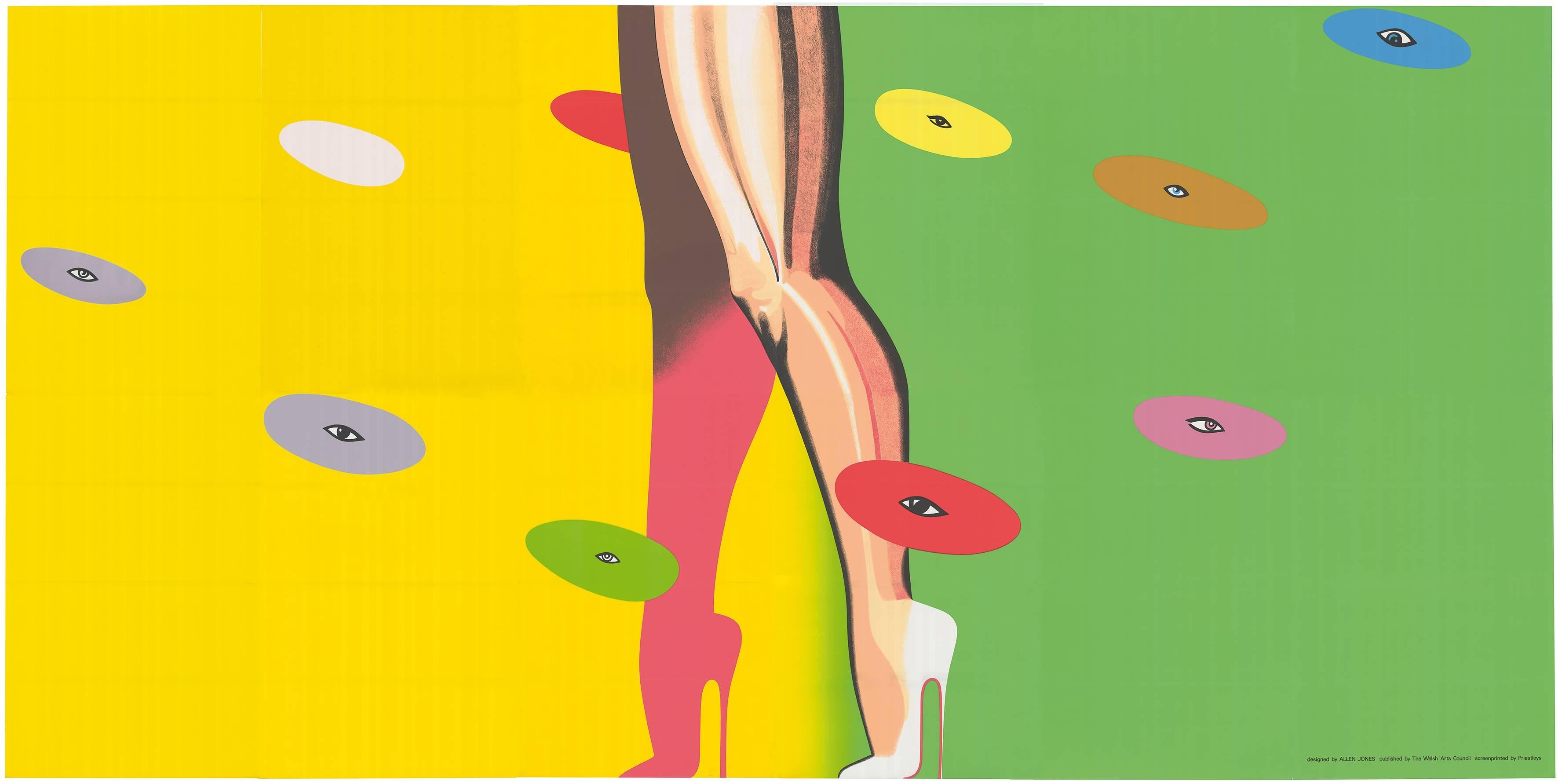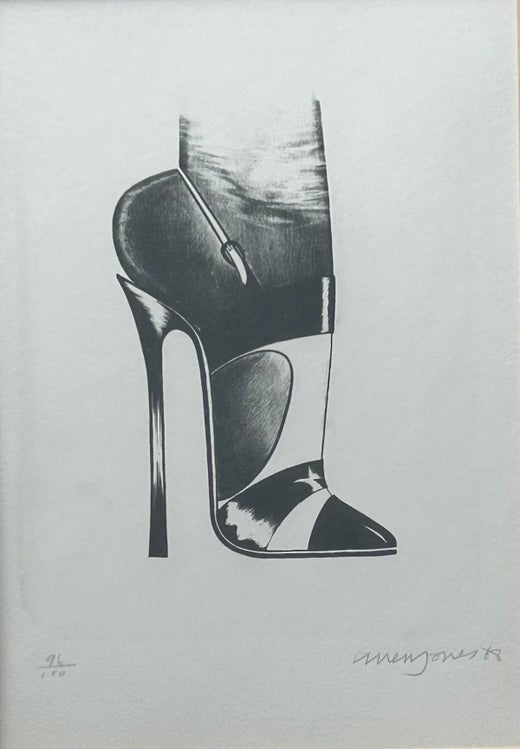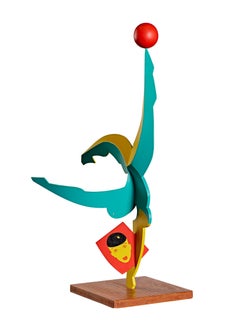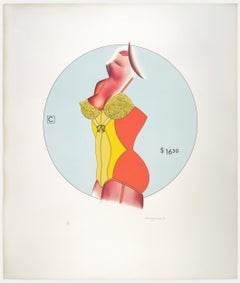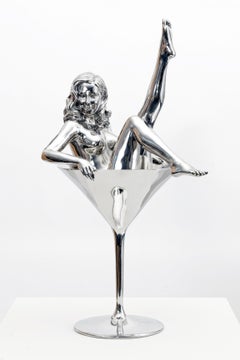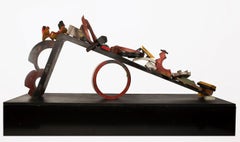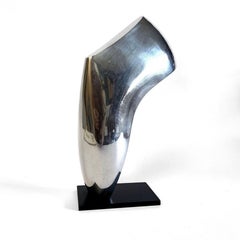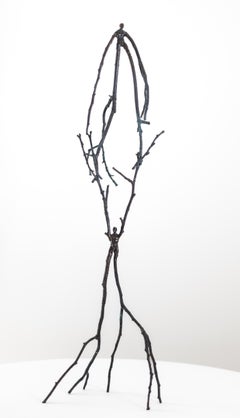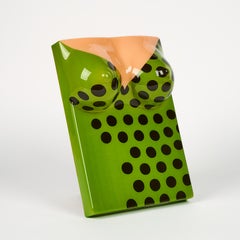Allen JonesMan Losing his Head and Hat1988
1988
About the Item
- Creator:Allen Jones (1937, British)
- Creation Year:1988
- Dimensions:Height: 31.5 in (80 cm)Diameter: 9.85 in (25 cm)
- Medium:
- Movement & Style:
- Period:
- Condition:
- Gallery Location:Zug, CH
- Reference Number:1stDibs: LU156528287372
Allen Jones
British Pop artist Allen Jones is no stranger to controversy. In 1970, his group of erotic life-sized fiberglass sculptures Hatstand, Table and Chair — sexually suggestive hyperrealistic models of women transformed into pieces of furniture — made headlines, provoked outrage and was met with intense scrutiny by art critics. Despite the condemnation — or perhaps partly owing to it — his work has sold for millions of dollars at auction, and while Jones’s figurative paintings, prints and sculptures have courted negative publicity, there is no question that his work is provocative and coveted by some collectors.
Born in Southampton in 1937, Jones attended the Royal College of Art alongside classmates R. B. Kitaj and David Hockney. While the school expelled Jones after one year, his work was included in the “Young Contemporaries” exhibition of 1961 — regarded as the birth of the British Pop art movement. Then, in 1963, Jones won the Prix des Jeunes Artistes at the Paris Biennale.
After moving to New York in 1964, Jones began experimenting with sexual imagery and erotic figures. He endeavored to explore complex relationships between men and women, and placed a specific focus on the female form in his nude sculptures and abstract paintings. While the era gave way to works by Jones that were especially sexually charged, his body of work also came to include colorful lithographic prints that drew on fashion design and cabaret.
Jones’s works have been exhibited extensively throughout the U.K., Europe and elsewhere around the world, including shows in London, Zurich, Lisbon, Hong Kong, Shanghai and St. Louis. In 2015, the Royal College of Art staged a large retrospective of his work. Jones’s pieces are held in the collections of the Museum of Modern Art, the Tate, the National Portrait Gallery and the Whitney Museum of American Art.
On 1stDibs, find authentic Allen Jones prints, sculptures and other art.
- ShippingRetrieving quote...Shipping from: Zurich , Switzerland
- Return Policy
More From This Seller
View All20th Century Abstract Sculptures
Wood, Acrylic
20th Century Prints and Multiples
Paper
20th Century Pop Art Nude Sculptures
Stainless Steel
20th Century Abstract Sculptures
Wood
21st Century and Contemporary Modern Figurative Sculptures
Bronze
Mid-20th Century Abstract Abstract Sculptures
Silver
You May Also Like
1960s Contemporary Figurative Sculptures
Lithograph
20th Century Abstract Abstract Prints
Lithograph
2010s Contemporary Figurative Sculptures
Bronze
1960s Pop Art Nude Sculptures
Fiberglass
1960s Pop Art Figurative Prints
1950s Abstract Figurative Sculptures
Bronze


